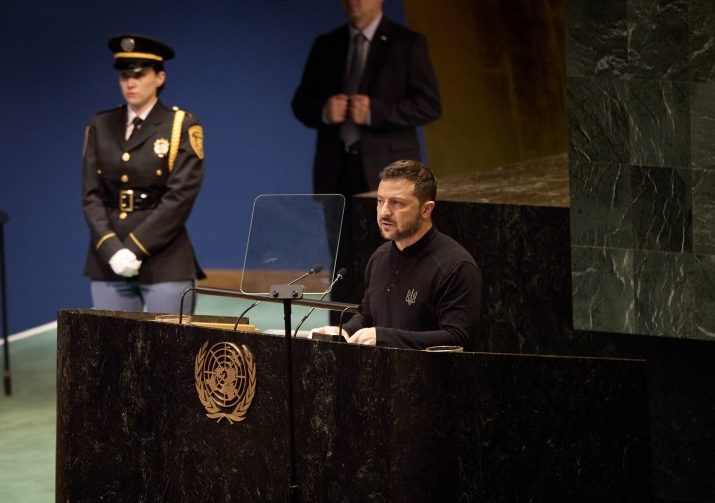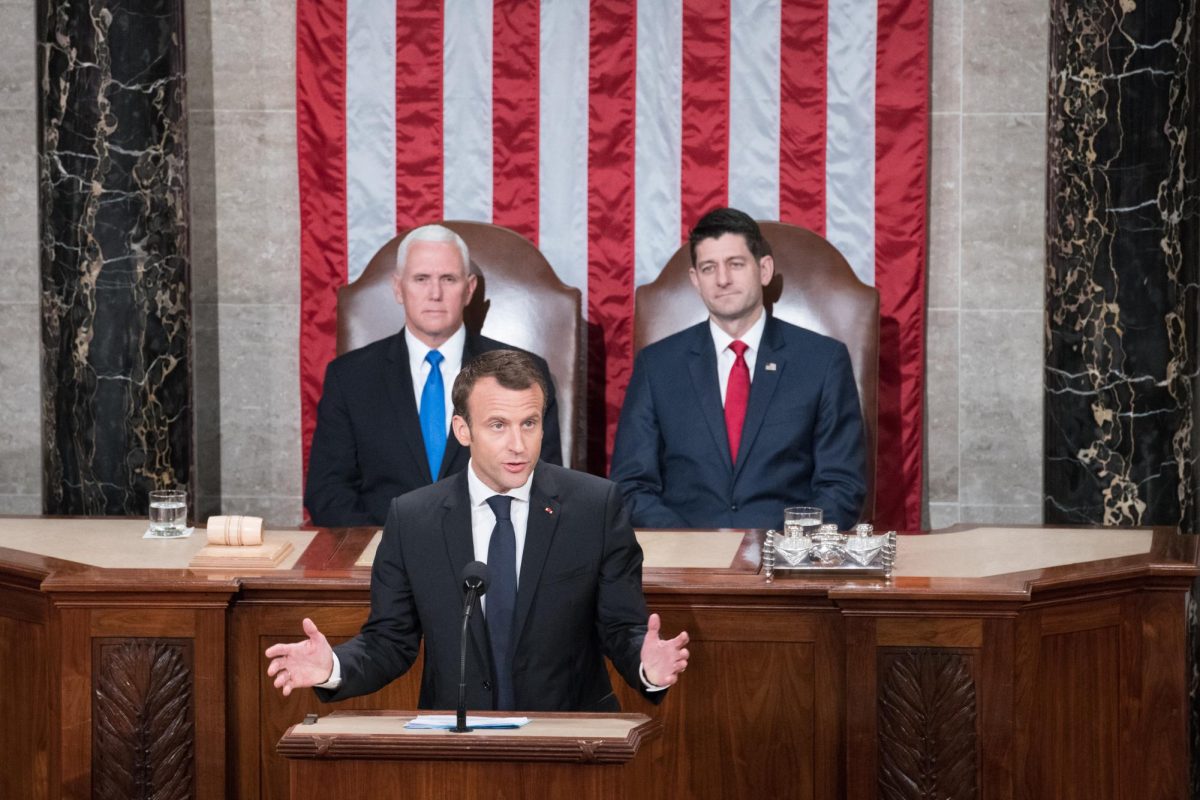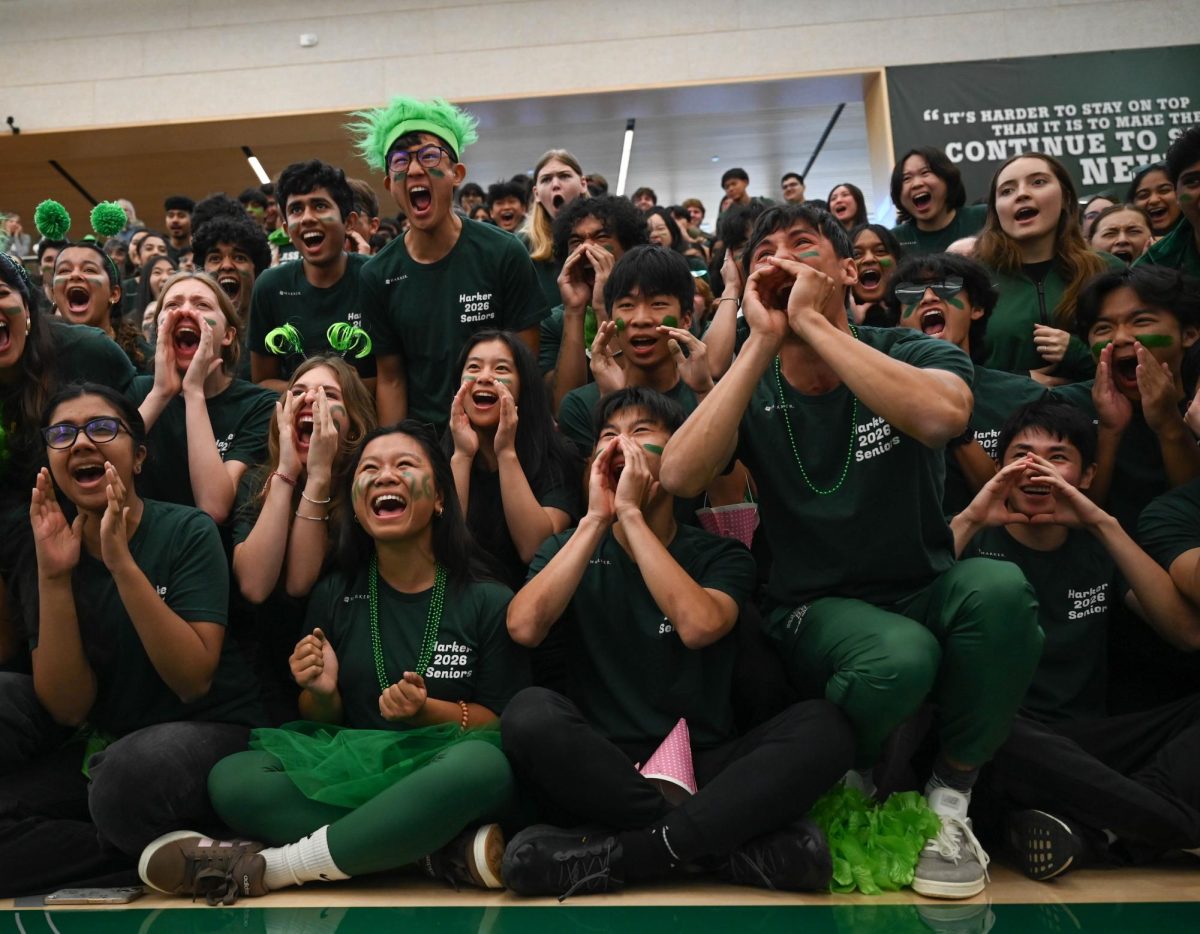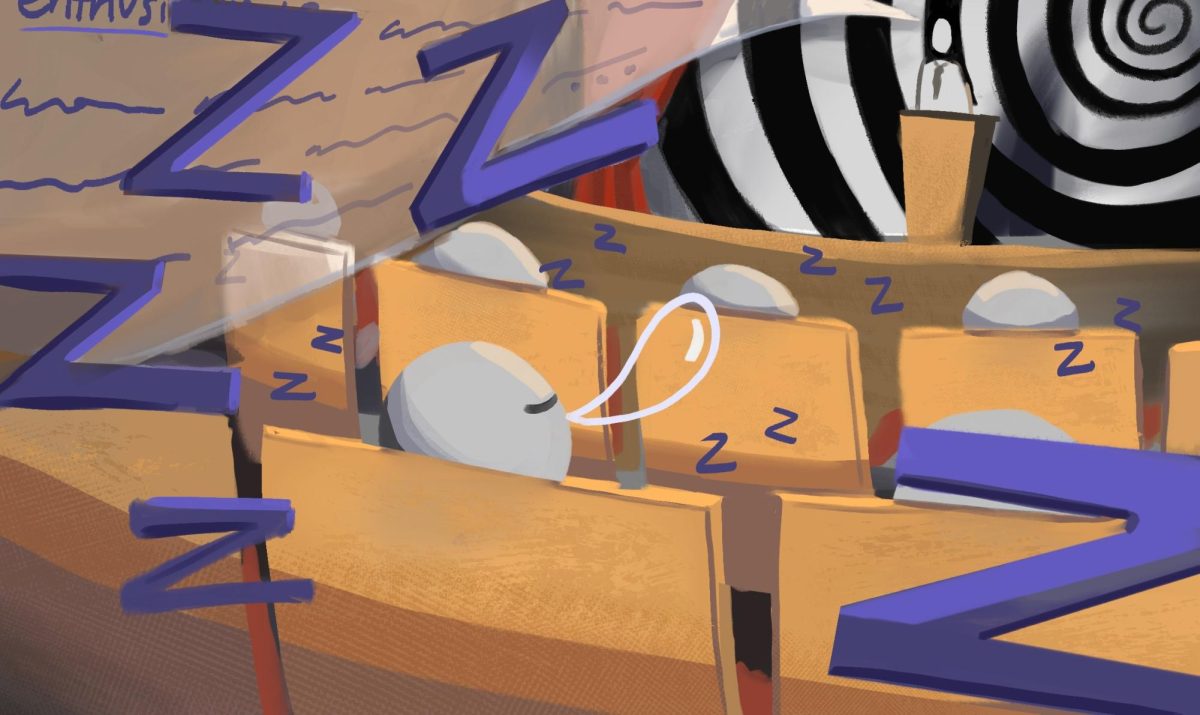Heiresses and flappers and suffragettes, oh my! The changing fashions of the American Woman strike the eye of many visitors.
“American Women: Fashioning a National Identity” is featured at the Metropolitan Museum of Art between May 18 and August 15. The exhibit demonstrates the “developing perceptions of the modern American woman from 1890 to 1940 and how they have affected the way American women are seen today,” according to the museum website. The changing attitudes of women in society are reflected through the fashion prevalent during each time period, ranging from ball gowns to flapper dresses and many styles in between.
Styles progress in chronological order, so viewers make their way from The Heiress of the 1890s to The Flapper of the 1920s, ending with The American Women, a video exhibit featuring various images of today’s fashion icons.
The Heiress. In the 1890s, upper class ladies wore extravagant gowns and big hair to demonstrate their wealth. Ten mannequins are on display, each wearing a different dress and hairstyle, in a lavish ballroom setting.
The Gibson Girl. In the 1890s, women also strayed from stereotypes and European fashion with new styles of street wear and sportswear for the increasing number of female athletes. Sports – such as golf, tennis, and swimming – symbolized the American woman’s increasing freedom. Sounds of the outdoors set the scene for mannequins dressed in tan blouses and skirts, holding tennis rackets or boat paddles.
The Bohemian. Fashion at the dawn of the 20th century became artistic in order to express individualism. Lace, headbands, and embellishments are cast in a warm light to the sounds of a crackling fire.
“My favorite is the pre-World War I era, that time where everything got loose and oriental-looking [sic],” Nadia Cowen said. “Liberty made all of those beautiful capes with the peacock feathers and the motifs.”
The Patriot and the Suffragist. In the 1910s, the main aspiration for women was to gain voting rights, and the arrival of World War I brought a wave of patriotism as women became more politically involved.
Video footage of women marching for the suffrage movement accompanies mannequins dressed in army attire, holding various signs toward political justice for women.
The Flapper. The description outside the showcase states that flappers “redefined the concept of freedom as sexual rather than political,” and influenced the standards of beauty internationally.
“I really liked the flappers because I love the 1920s. That was cool to see that,” Camille Blais said. “I definitely learned where our influences for style today came from which was interesting because you think that it’s an original idea and then you find out that someone did it 40 years ago.”
Fashion teacher Lynda Campbell considered the flapper exhibit her favorite as well.
“[I enjoyed] the flappers because I like that era myself … The fabrics and the dresses and the flappers, the bugle beads and the pleats–just amazing. I’m imagining that they were hand-sewn on the dresses,” Campbell said.
The Screen Siren. The 1930s ushered in a less youthful and more sophisticated sense of style. Along with mannequins in modern gowns, black and white videos of actresses such as Marilyn Monroe were on large screens for visitors to enjoy.
Jennifer Collado, clerk at the gift shop outside the exhibit, regards the Screen Siren portion of the exhibit as her favorite because she “love[s] the old Hollywood glamour” of the display.
The American Woman. A ceiling-high display loops images and videos of television and music icons to the tune of the classic Lenny Kravitz song “American Women.”
“I think it’s a beautiful exhibition, but I think it covers just one particular aspect of fashion, and most of it here is designer,” Nadia Cowen said. “You won’t see any Sears catalogue clothing here, which is what most women wore. So in that sense, it’s not totally representative of American women.”
The exhibit, sponsored by GAP and Condé Nast, is located in the Iris and B. Gerald Cantor Exhibition Hall on the second floor of the museum.


















![“[Building nerf blasters] became this outlet of creativity for me that hasn't been matched by anything else. The process [of] making a build complete to your desire is such a painstakingly difficult process, but I've had to learn from [the skills needed from] soldering to proper painting. There's so many different options for everything, if you think about it, it exists. The best part is [that] if it doesn't exist, you can build it yourself," Ishaan Parate said.](https://harkeraquila.com/wp-content/uploads/2022/08/DSC_8149-900x604.jpg)




![“When I came into high school, I was ready to be a follower. But DECA was a game changer for me. It helped me overcome my fear of public speaking, and it's played such a major role in who I've become today. To be able to successfully lead a chapter of 150 students, an officer team and be one of the upperclassmen I once really admired is something I'm [really] proud of,” Anvitha Tummala ('21) said.](https://harkeraquila.com/wp-content/uploads/2021/07/Screen-Shot-2021-07-25-at-9.50.05-AM-900x594.png)







![“I think getting up in the morning and having a sense of purpose [is exciting]. I think without a certain amount of drive, life is kind of obsolete and mundane, and I think having that every single day is what makes each day unique and kind of makes life exciting,” Neymika Jain (12) said.](https://harkeraquila.com/wp-content/uploads/2017/06/Screen-Shot-2017-06-03-at-4.54.16-PM.png)








![“My slogan is ‘slow feet, don’t eat, and I’m hungry.’ You need to run fast to get where you are–you aren't going to get those championships if you aren't fast,” Angel Cervantes (12) said. “I want to do well in school on my tests and in track and win championships for my team. I live by that, [and] I can do that anywhere: in the classroom or on the field.”](https://harkeraquila.com/wp-content/uploads/2018/06/DSC5146-900x601.jpg)
![“[Volleyball has] taught me how to fall correctly, and another thing it taught is that you don’t have to be the best at something to be good at it. If you just hit the ball in a smart way, then it still scores points and you’re good at it. You could be a background player and still make a much bigger impact on the team than you would think,” Anya Gert (’20) said.](https://harkeraquila.com/wp-content/uploads/2020/06/AnnaGert_JinTuan_HoHPhotoEdited-600x900.jpeg)

![“I'm not nearly there yet, but [my confidence has] definitely been getting better since I was pretty shy and timid coming into Harker my freshman year. I know that there's a lot of people that are really confident in what they do, and I really admire them. Everyone's so driven and that has really pushed me to kind of try to find my own place in high school and be more confident,” Alyssa Huang (’20) said.](https://harkeraquila.com/wp-content/uploads/2020/06/AlyssaHuang_EmilyChen_HoHPhoto-900x749.jpeg)















